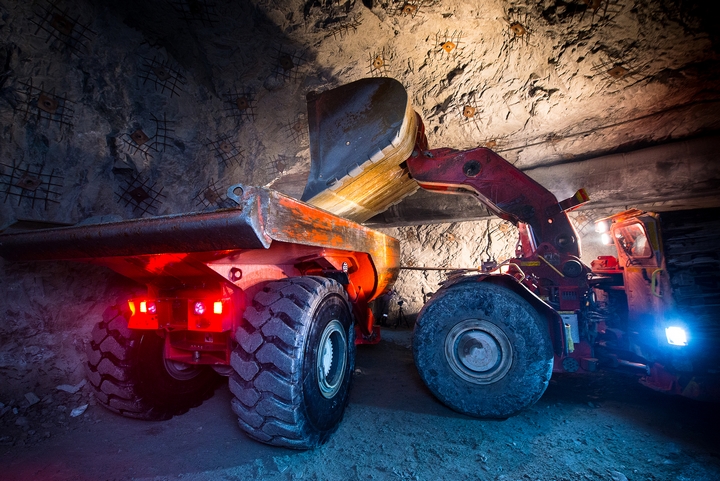
What are the Most Common Commercial Metals? Here are Eight Metals You Should Be Aware Of
There are numerous types of metal available for various commercial projects, and there are two main categories: ferrous and non-ferrous. Most countries have a large metal supply and can therefore choose any number of metals for their projects. We may not think much about the different types of metal, but it is those metals that keep most of the products we use strong and long-lasting. All metals have their purpose, and below you will find a handful of metals you might want to learn about.
- Steel (Ferrous)
If a metal has a magnetic capability and a high iron content, it is known as a ferrous metal. These are the types of metals used in major projects that have to be strong, such as bridges, skyscrapers, and even automobiles. There are four basic types of steel: alloy, carbon, stainless, and tool steel. They can also be used to make hammers, railroad rails, and many other items.
- Cast Iron (Ferrous)
Cast iron is an iron alloy with a carbon content of 2–4%. It also contains manganese, silicon, and sulphur, and it is used to make machines, auto parts, pipes, pots and pants, and even ship anchors, which proves just how strong it is. When cast iron is produced, the iron ore is reduced by blasting in a furnace, and this is what allows cast iron to look the way it does.
- Wrought Iron (Ferrous)
As opposed to cast iron, wrought iron has an extremely low carbon content. If it is twisted or etched too much, it often has a “grainy” look similar to a piece of wood. Some of the items that use wrought iron include crane hooks, pipe, engine bolts, rivets, bars for stay bolts, and plates. A manufacturer’s metal supply usually includes this type of iron at all times because of its versatility.
- Nickel (Non-Ferrous)
Nickel is corrosion-resistant and malleable, and it is extracted from either laterites or magmatic sulphides. It is often mixed with other metals to make stainless steel or cast irons. Some of those metals include chromium, copper, iron, cobalt, gold, silver, aluminium, and lead. Nickel occurs naturally deep in the earth and has a silver-white hue.
- Brass (Non-Ferrous)
Brass is a red metal that is a combination of copper and zinc alloys. When you change the combination of these two alloys, you can get many different electrical and mechanical characteristics. In addition to musical instruments, brass is also used to make fasteners, bullet casings, and ornamental trimmings, among other things.
- Bronze (Non-Ferrous)
Bronze has a very high melting point of around 1,740 degrees Fahrenheit. It is made mostly of copper and about 12% tin, and some of the many types of bronze include aluminium, manganese, and silicon. Bronze has a reddish-brown hue and is corrosion-resistant. It is used to make items such as fittings and propellers on ships and boats.
- Silver (Non-Ferrous)
This is another metal that should be in any manufacturer’s metal supply because it is used to make everything from jewellery to coins and even items such as decorations. It has great thermal and electrical conductivity, and along with gold and platinum, it is known as a precious metal. Even some electrical connections are made out of nickel and palladium.
- Gold (Non-Ferrous)
Gold has a lot of pleasant characteristics. It is very flexible, practically indestructible, and has an appealing bright colour. It is used to make currency, gilding, jewellery, and even decorations, and it is sometimes used in the textile industry when making the wires that go in electronic tubes. Gold has also been valued for its worth and has therefore been popular since the dawn of time.

